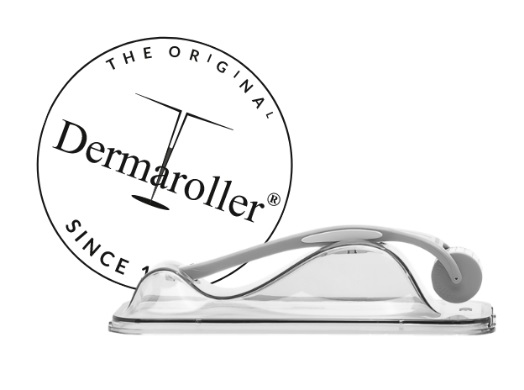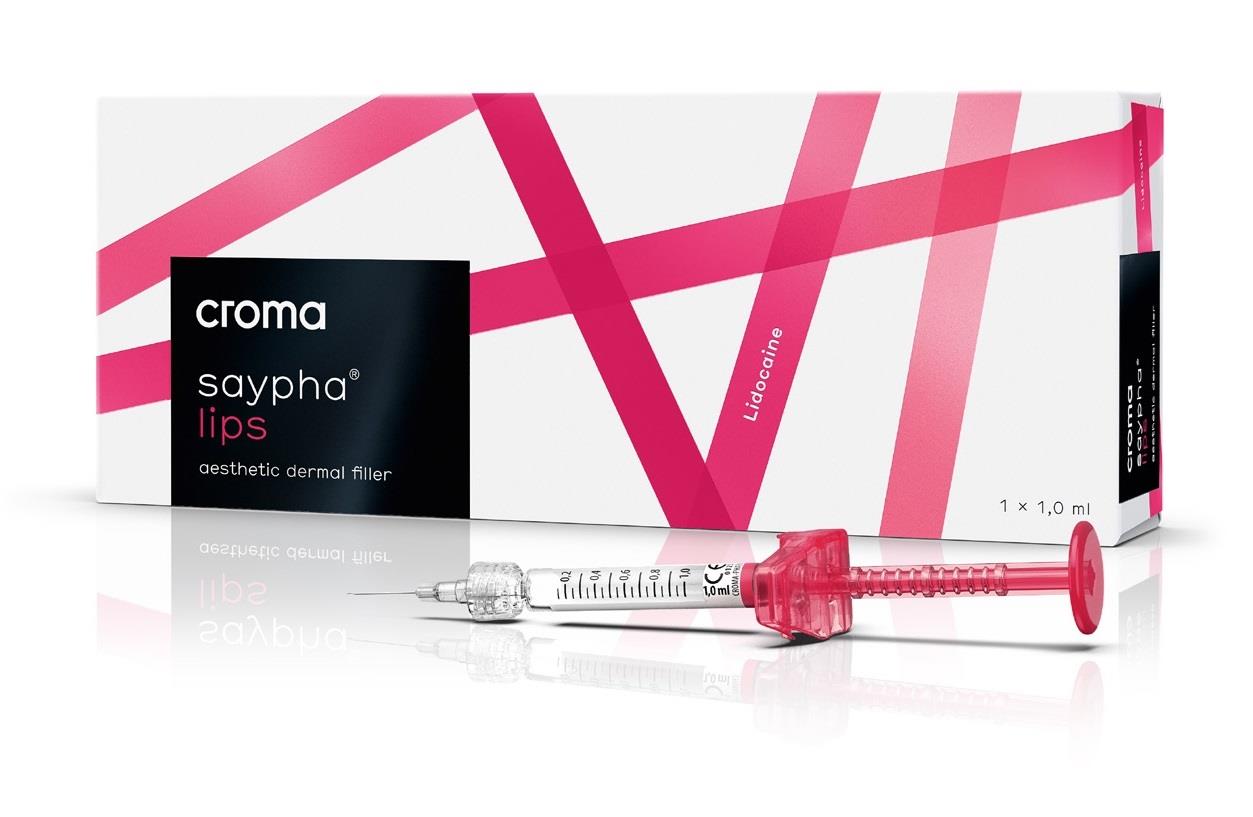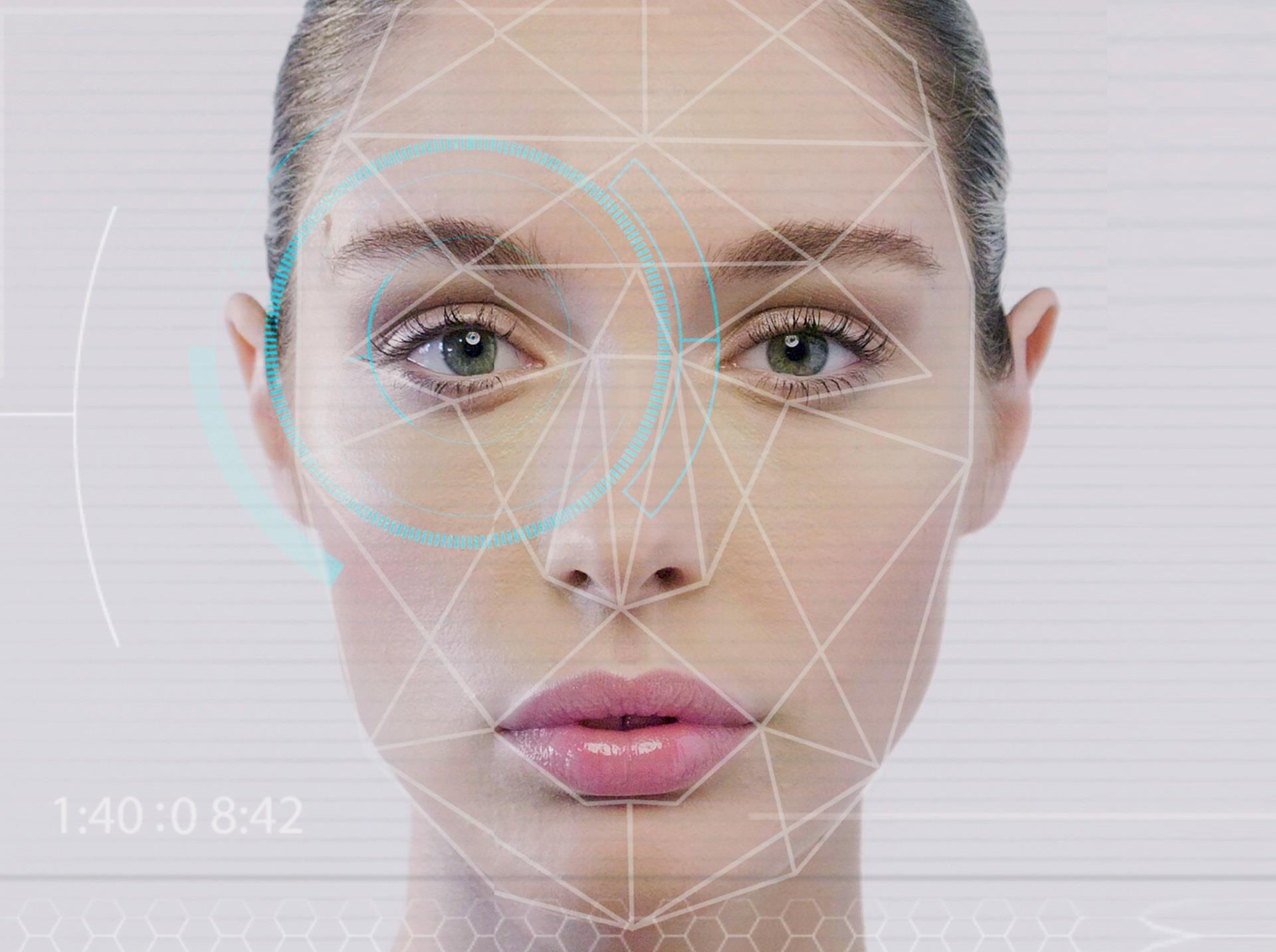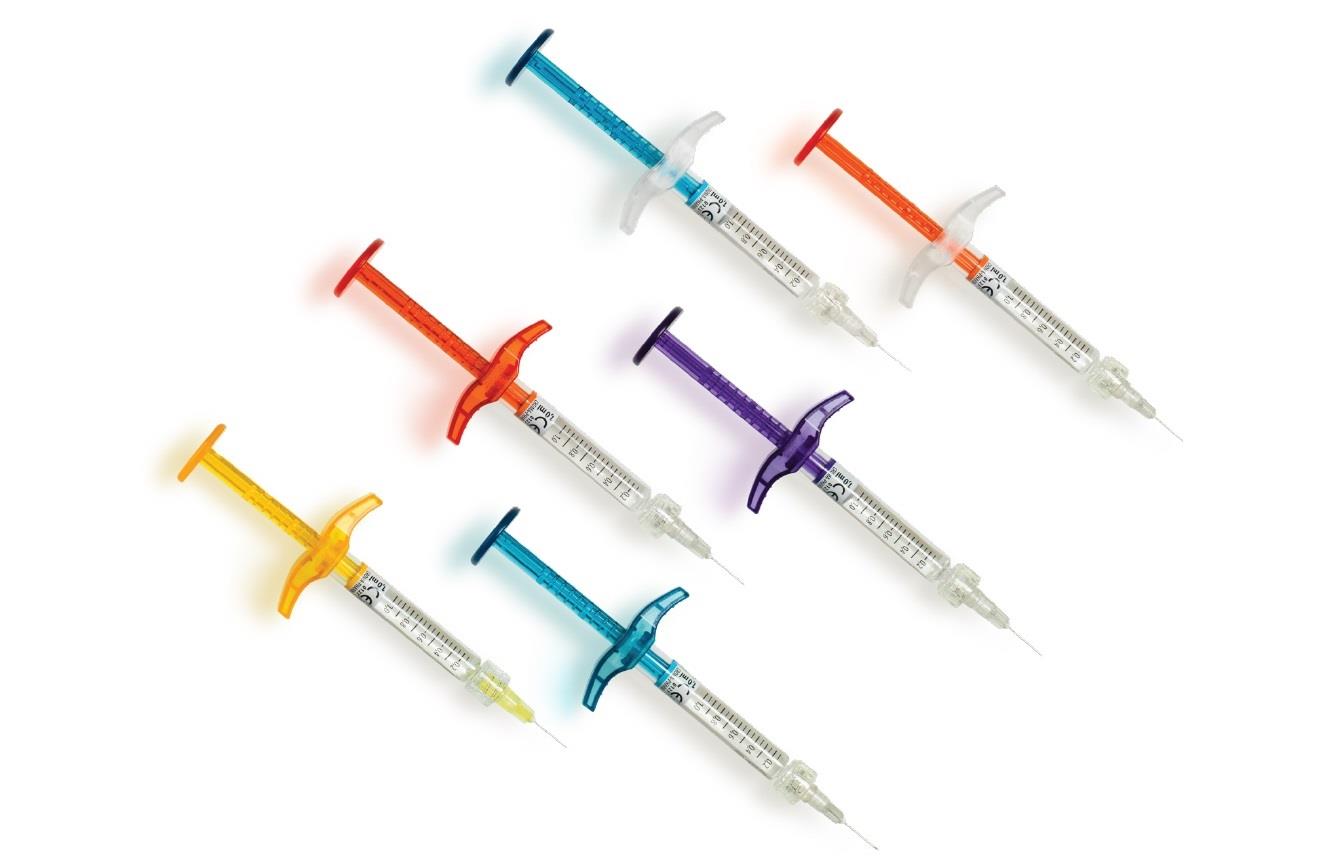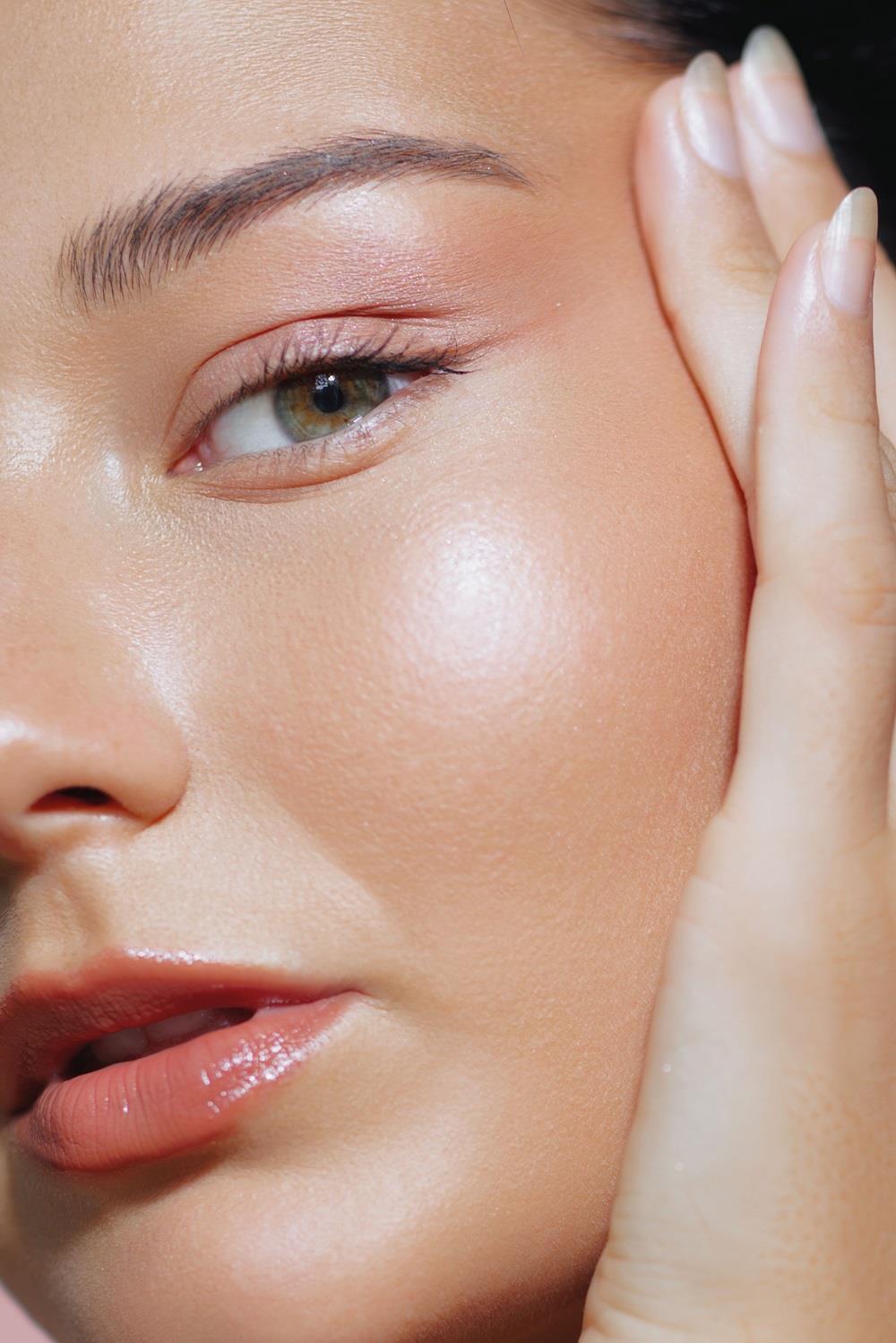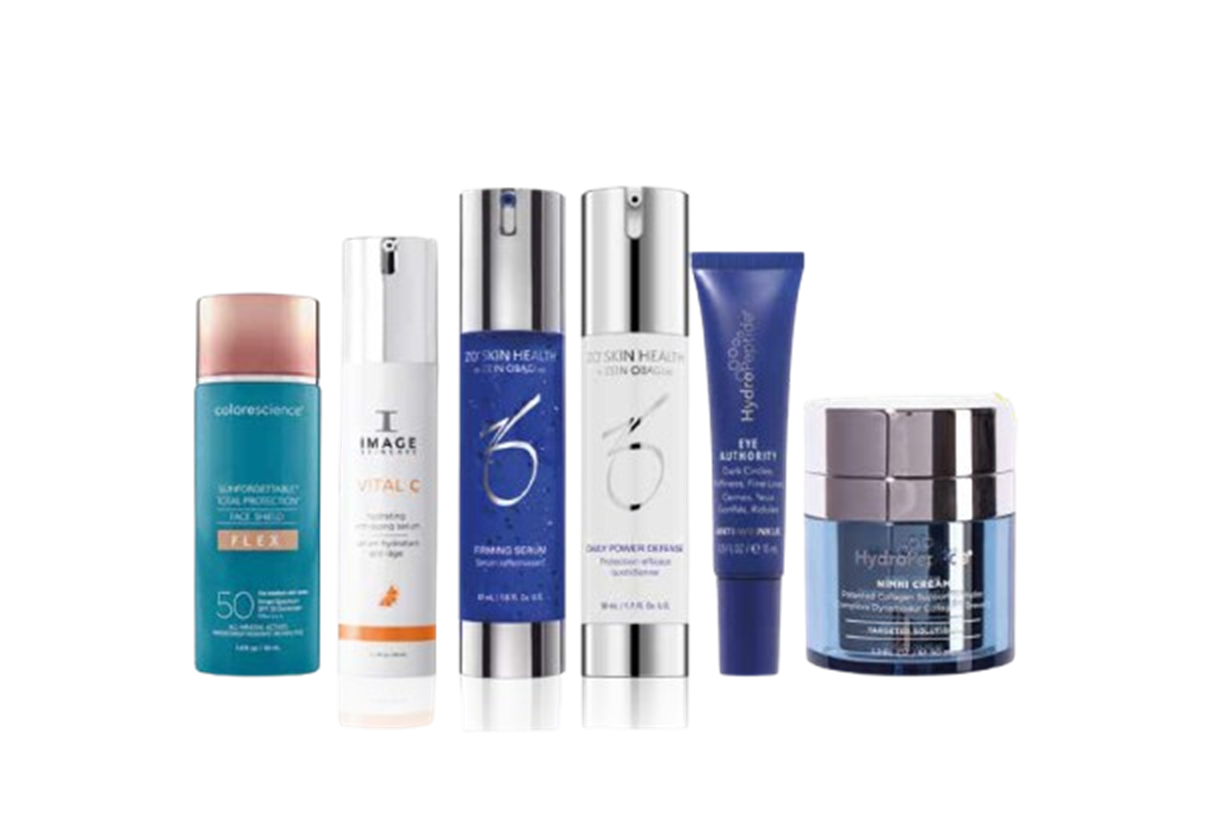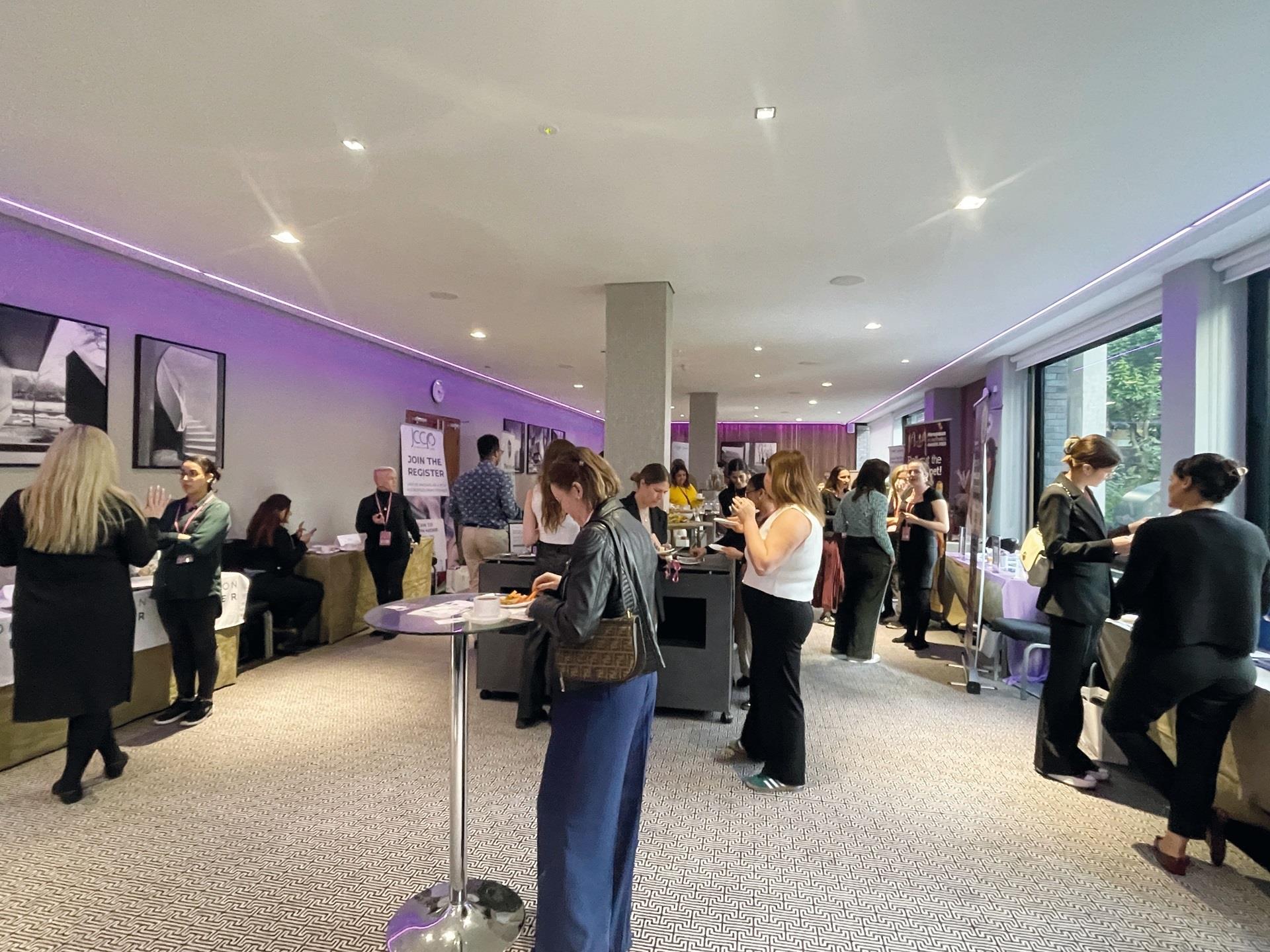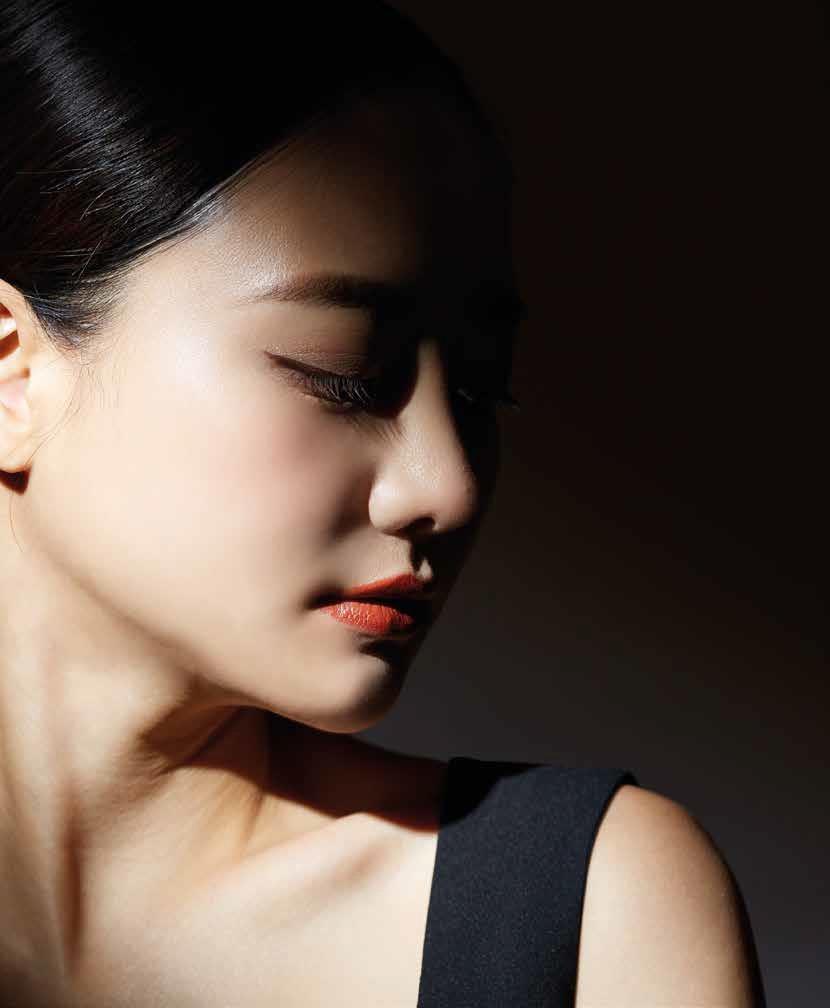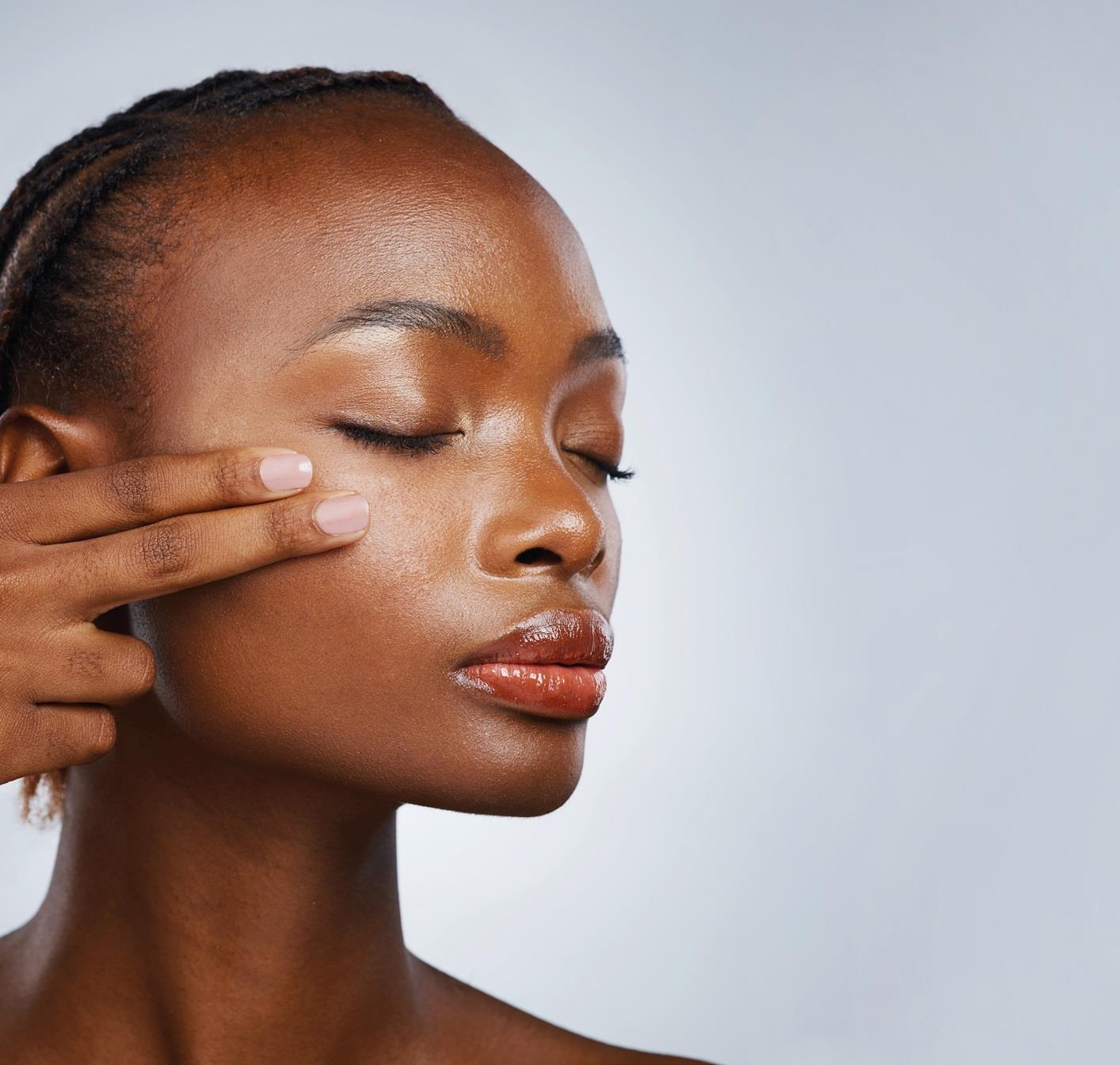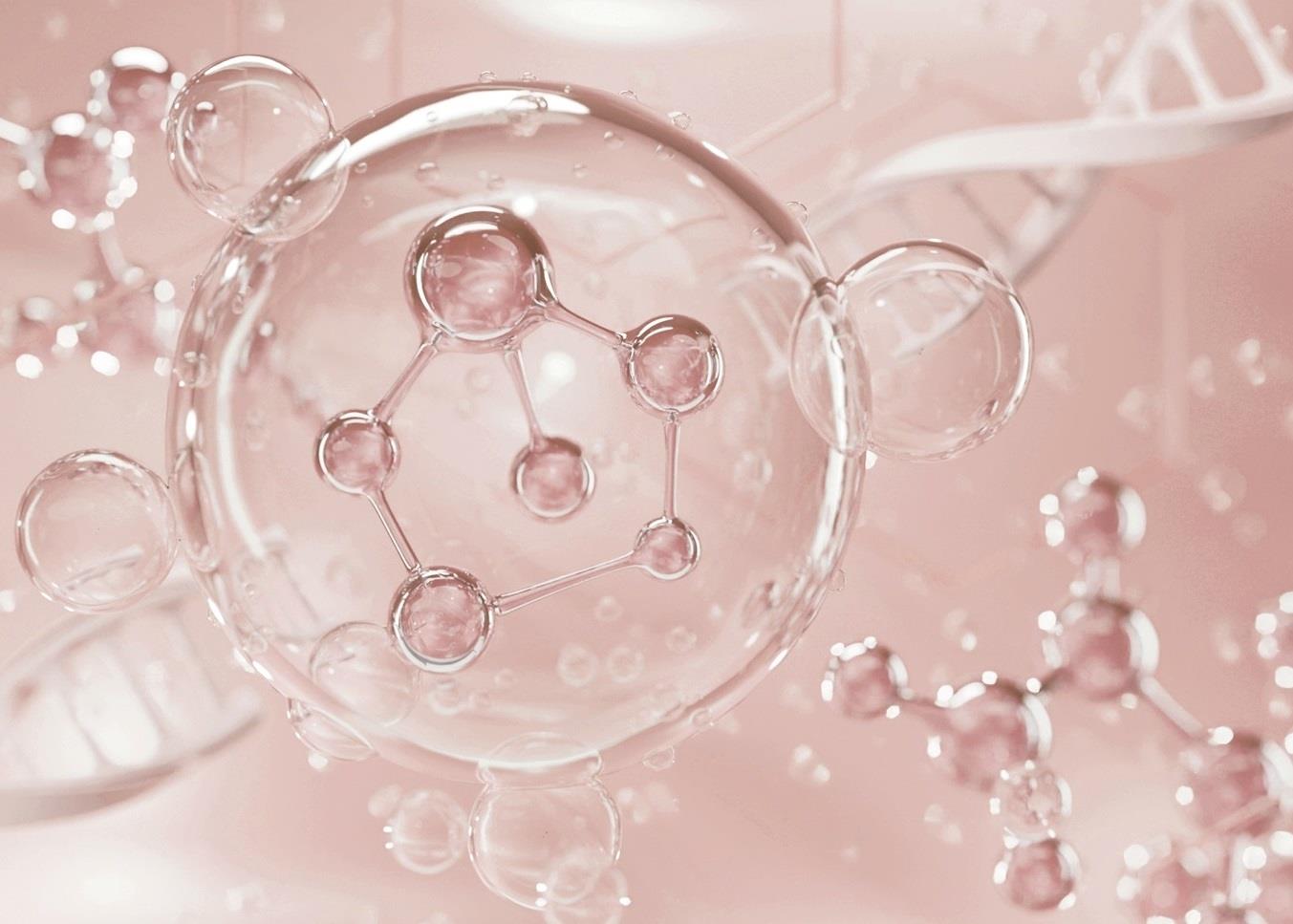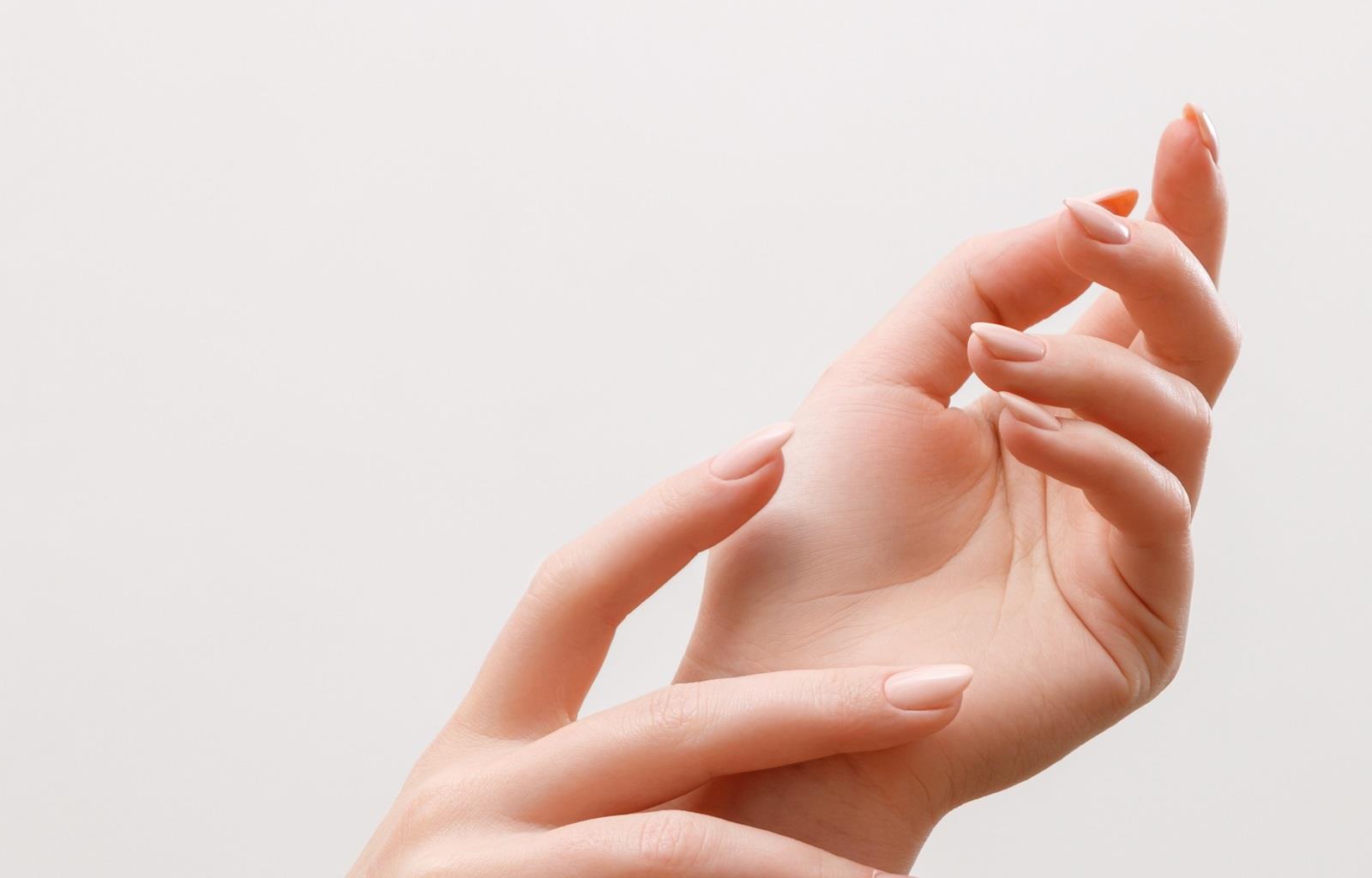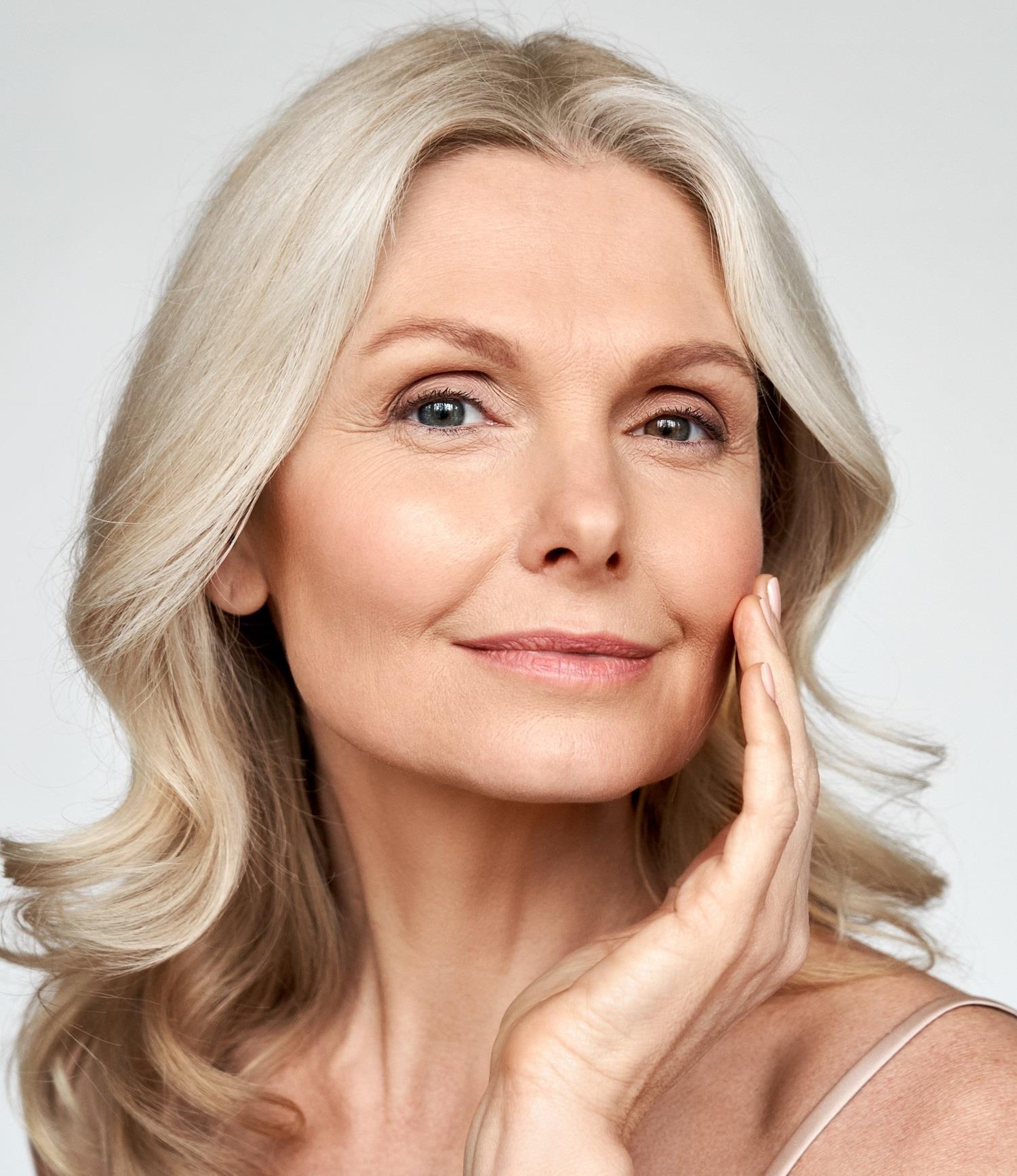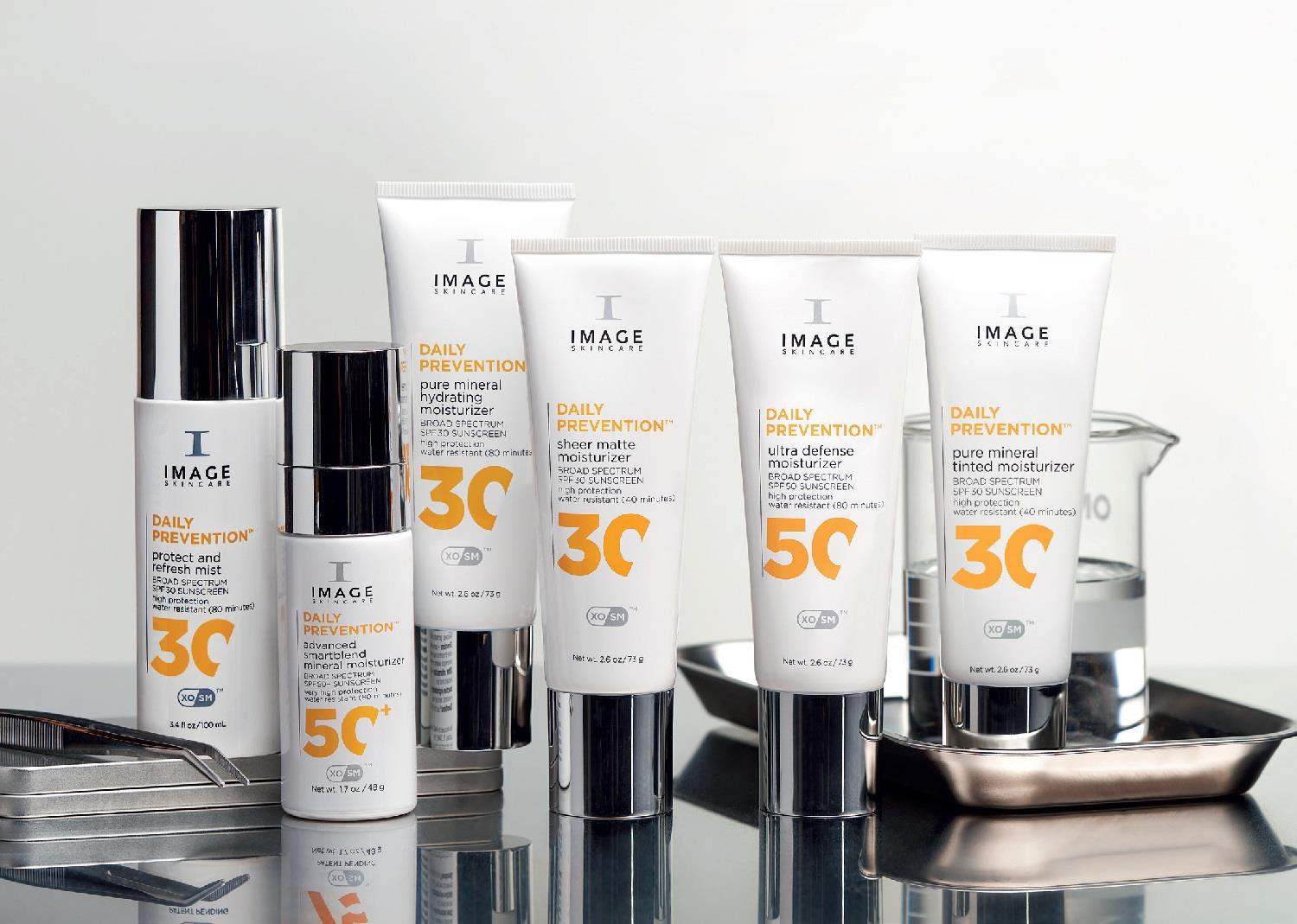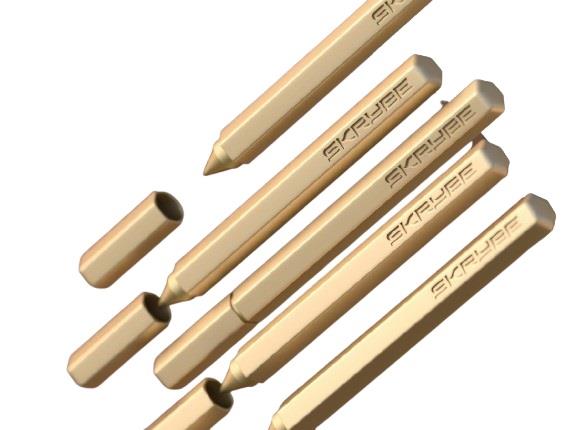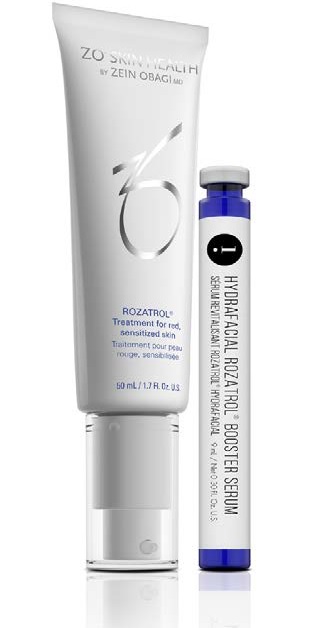
Rozatrol is a patented, clinically proven treatment for red, sensitised skin which works to simultaneously relieve the multiple signs and symptoms known to be associated with rosacea.
The innovative combination of ingredients helps to minimise the appearance of redness, decreased cellular renewal, excess sebum, vascular degeneration and neuro-ageing.
What is Rosacea?
Rosacea is a chronic, lifelong, inflammatory skin disorder. As in acne, the main cause of rosacea is seb ceous gland size and activity. With rosacea, sebaceous glands gradually enlarge as a person ages, increasing the production of sebum, which can lead to skin oiliness, acne and inflammation. Marked by flushing, blushing, telangiectasias, erythema and papulopustular eruptions, rosacea can cause patients irritation, discomfort and embarrassment.
The array of treatments used for rosacea ranges from oral and topical medications (many of which are available by prescription only) to procedures including laser therapy, photodynamic therapy and botulinum toxin injections.
Rozatrol clinical studies
A case series showed that a three step twice-daily regimen including Rozatrol serum provided statistically significant improvements in rosacea symptoms including telangiectasias, erythema, lesion counts and dryness, while reducing susceptibility to environmental triggers. The principal investigator enrolled 25 patients with mild to severe rosacea.
The protocol involved twice daily cleansing in the morning and evening with cleanser for 60 seconds. Then also twice daily, two to three pumps of Rozatrol serum were applied to the entire face and allowed to dry fully for one to three minutes. With a pH of approximately 6.0, Rozatrol incorporates botanical ingredients (brassica oleracea italica [broccoli] extract, Marrubium vulgare [horehound] meristem cell culture and Leontopodium alpinum [edelweiss] meristem cell culture) that provide antioxidant and anti-inflammatory properties. Additional ingredients include palmitoyl glycine (believed to encourage healthy vascular function and optimise microcirculation); farnesyl acetate, farnesol, and panthenyl triacetate (believed to prevent excess sebum production and provide anti-microbial benefits); papain (an enzymatic exfoliator); hydrolyzed algin (to restore healthy cellular communication); and glycerin.
The third step was application of SPF 50 sunscreen 15 minutes before sun exposure in the morning. Subjects were instructed to avoid excessive or prolonged sun exposure beyond their daily routine exposure during the trial.
Results
The results showed statistically significant improvements at 90% confidence occurred in the following parameters:
• Erythema of the right medial forehead at two and six weeks, of the left medial cheeks and left chin at two weeks, the left lateral cheeks at four weeks, and the right medial forehead at two and six weeks
• Telangiectasias of the left medial cheek at six weeks Among subjective measures, the test regimen achieved statistically significant improvements (at 95% and 90% confidence) in these parameters:
• Flushing at two, four and six weeks
• Rosacea severity, redness and susceptibility to environmental factors at six weeks.
Patient ratings revealed a statistically significant reduction in overall rosacea severity. Additionally, significantly more patients agreed than disagreed that treatment had created visible improvement in skin texture, smoothness and dryness, and the appearance of redness and inflammation.

 Added to basket
Added to basket

 Unapplied Changes
Unapplied Changes


